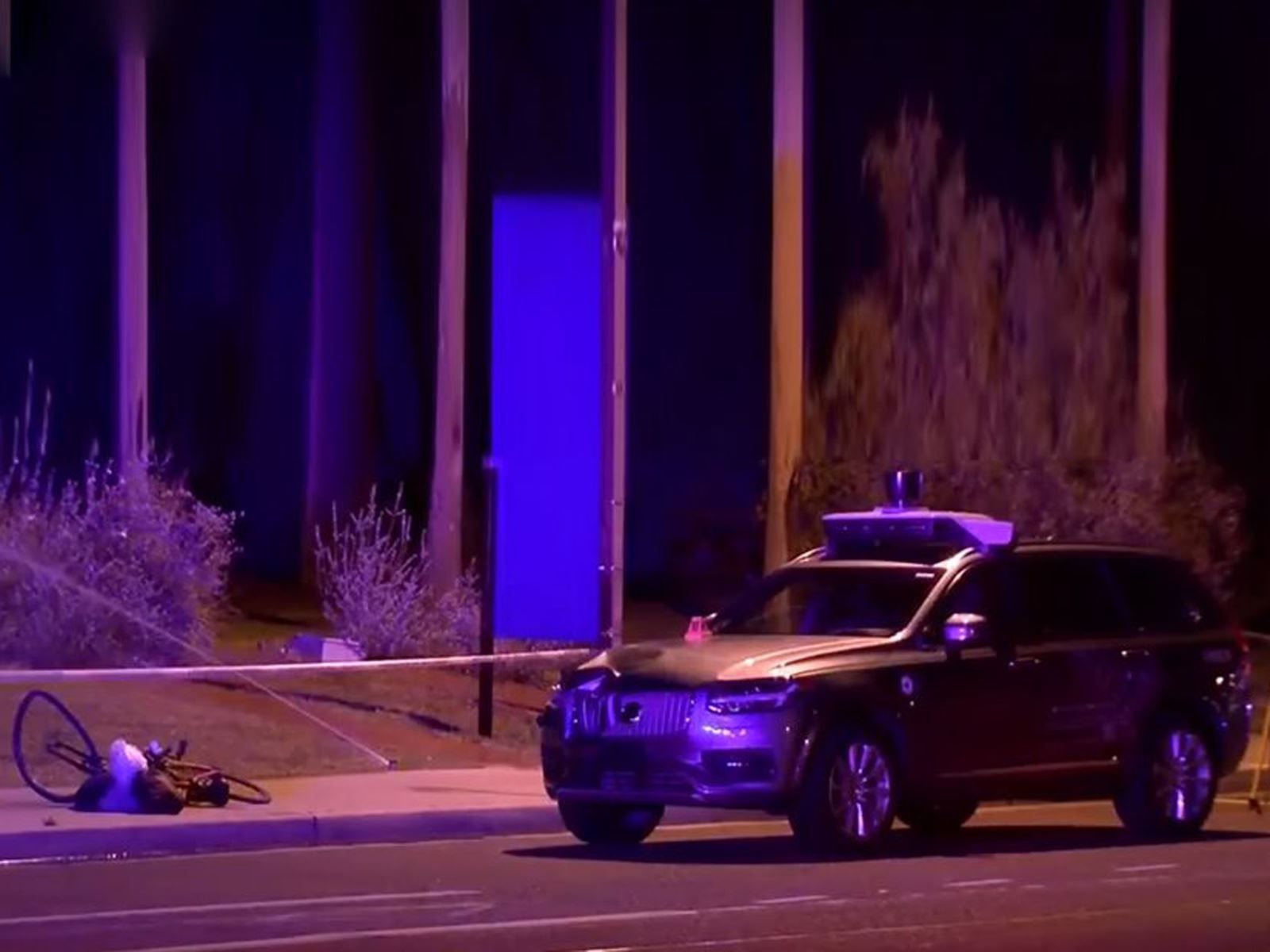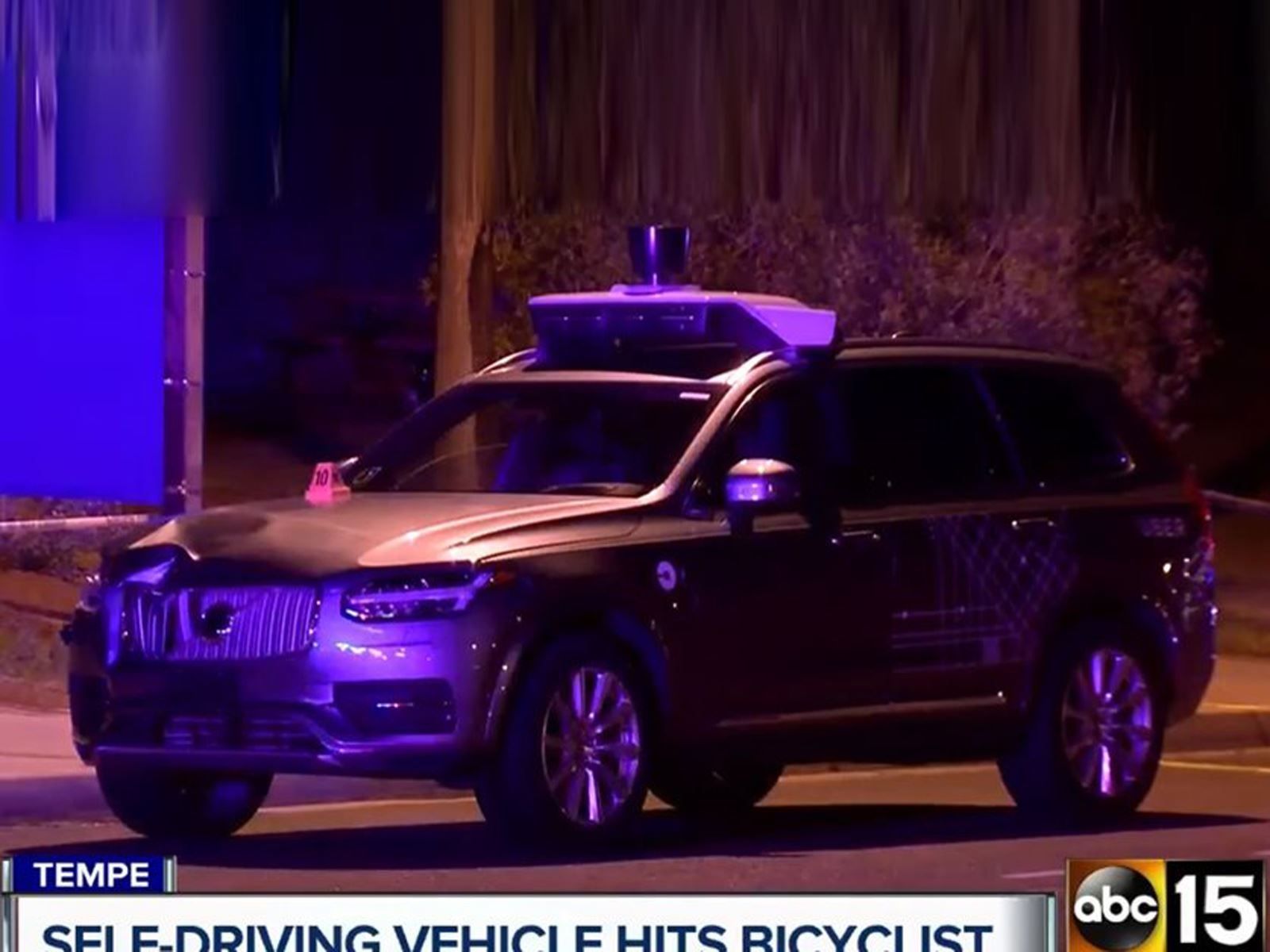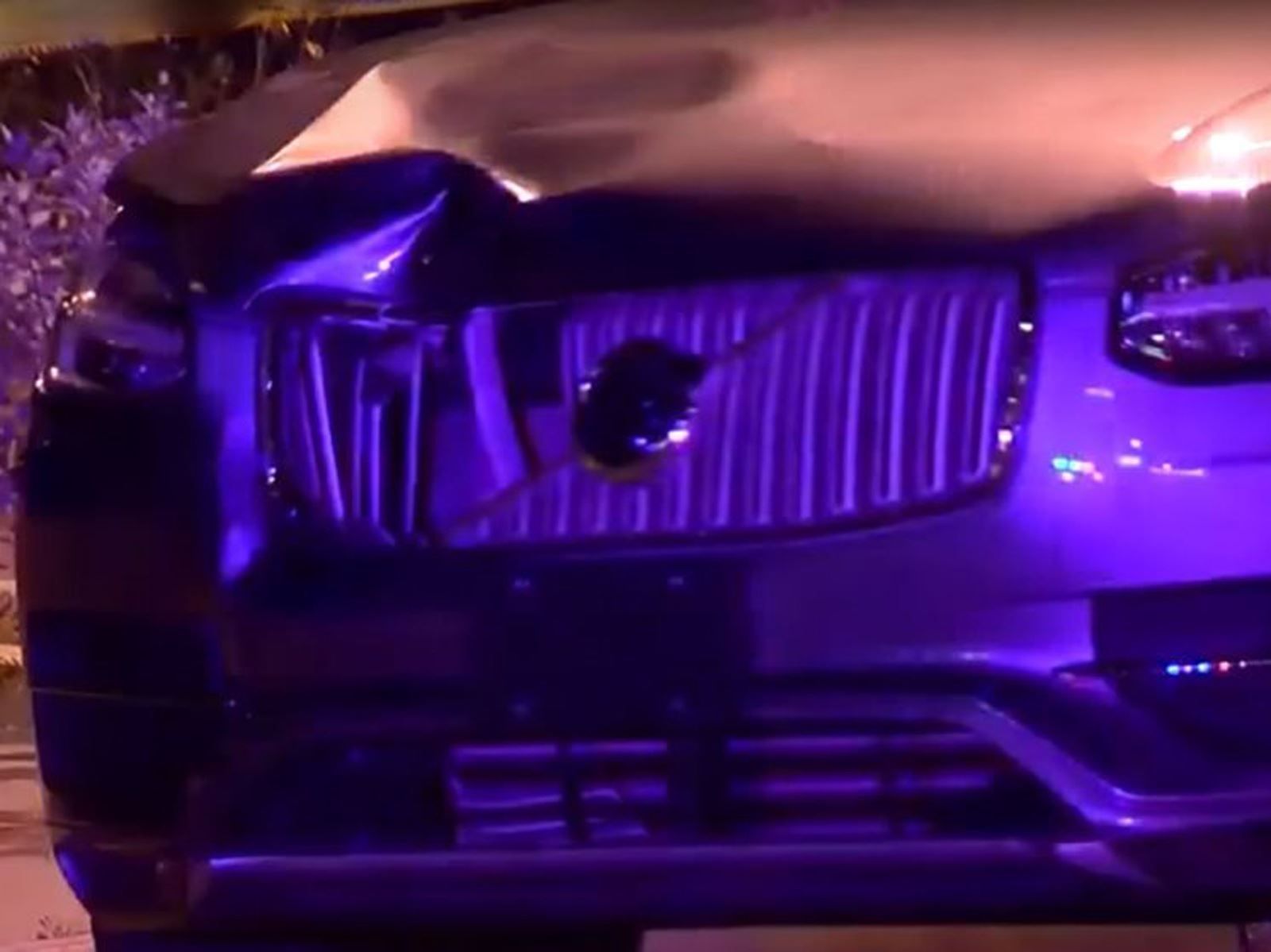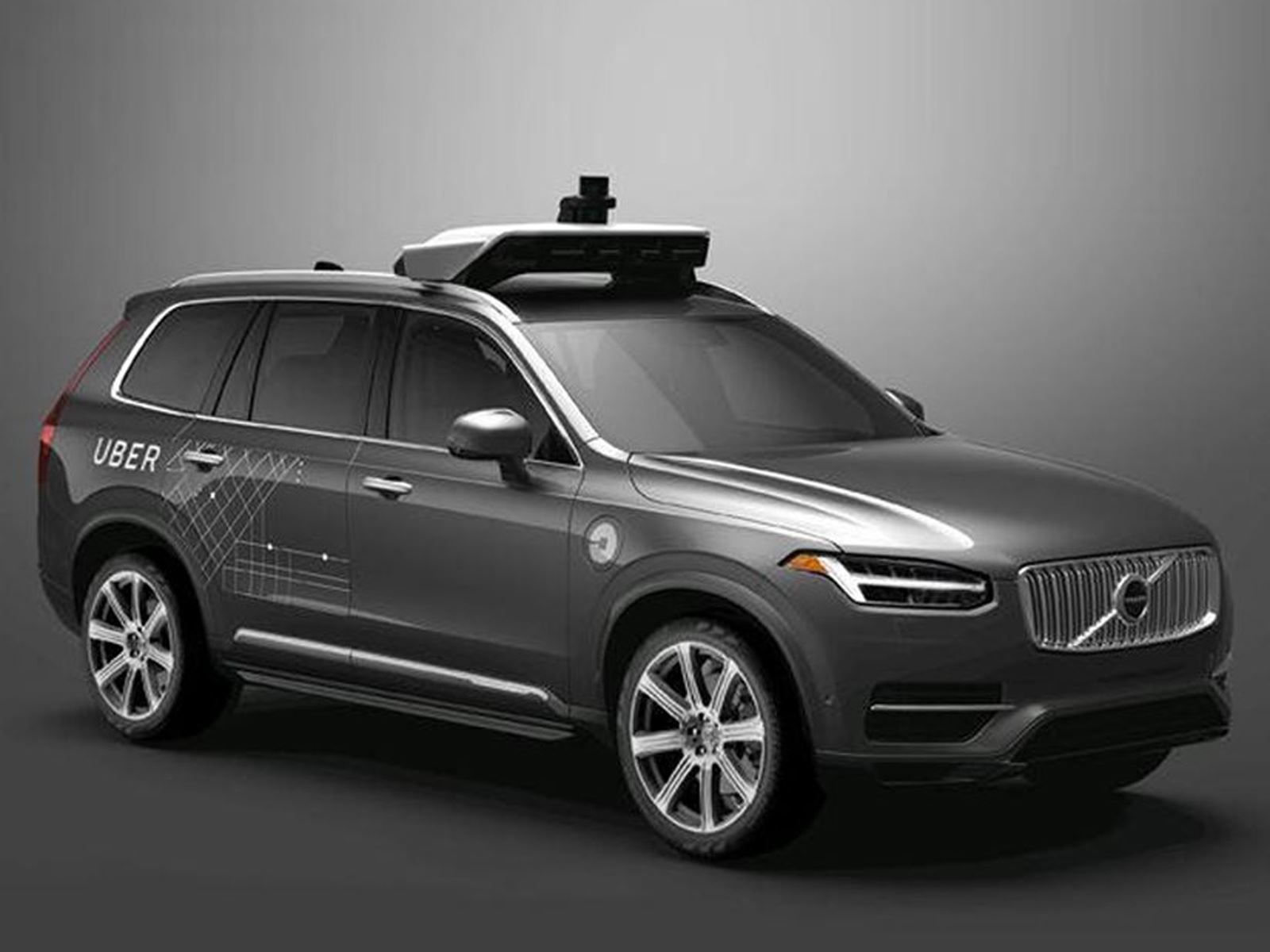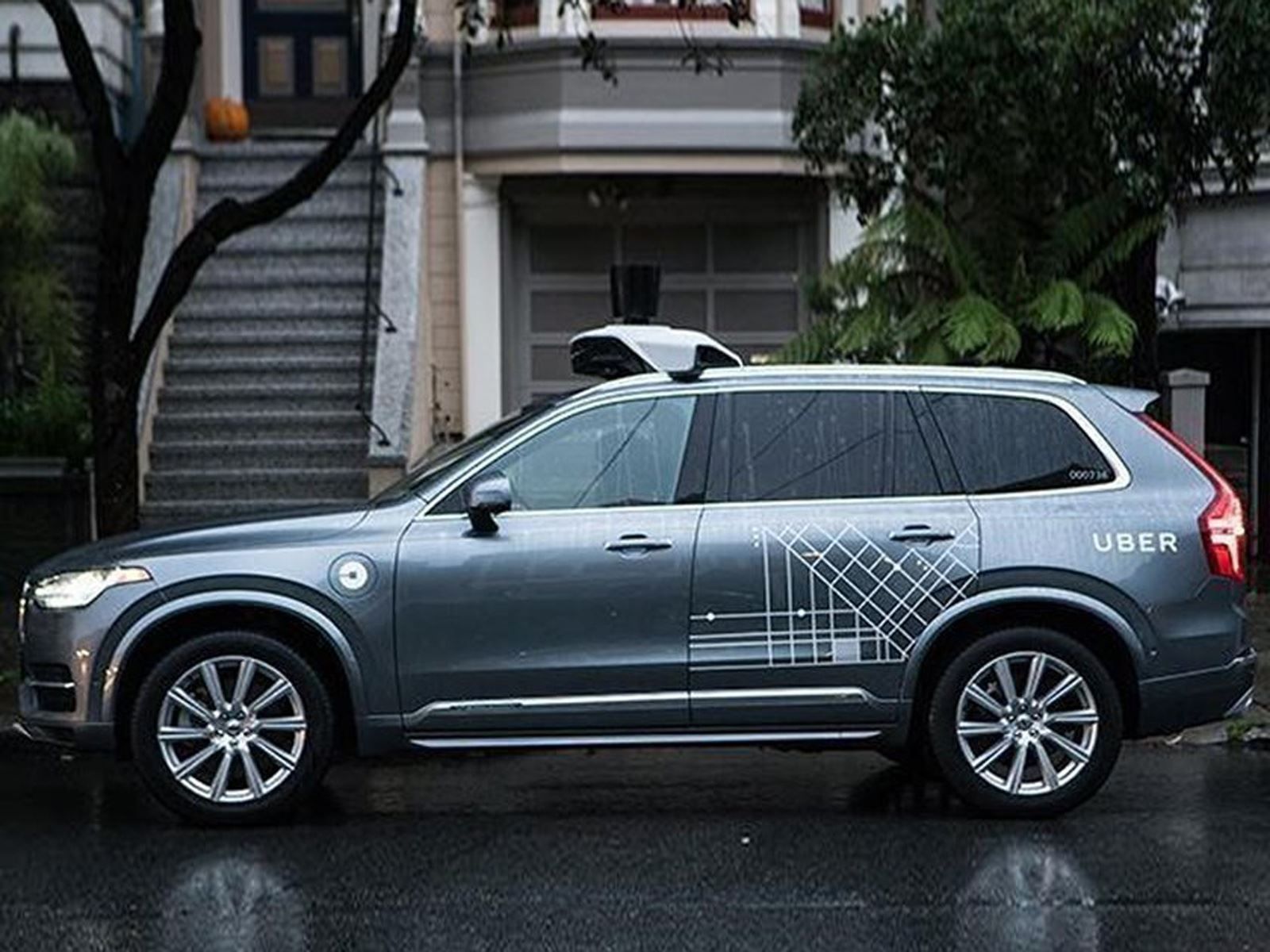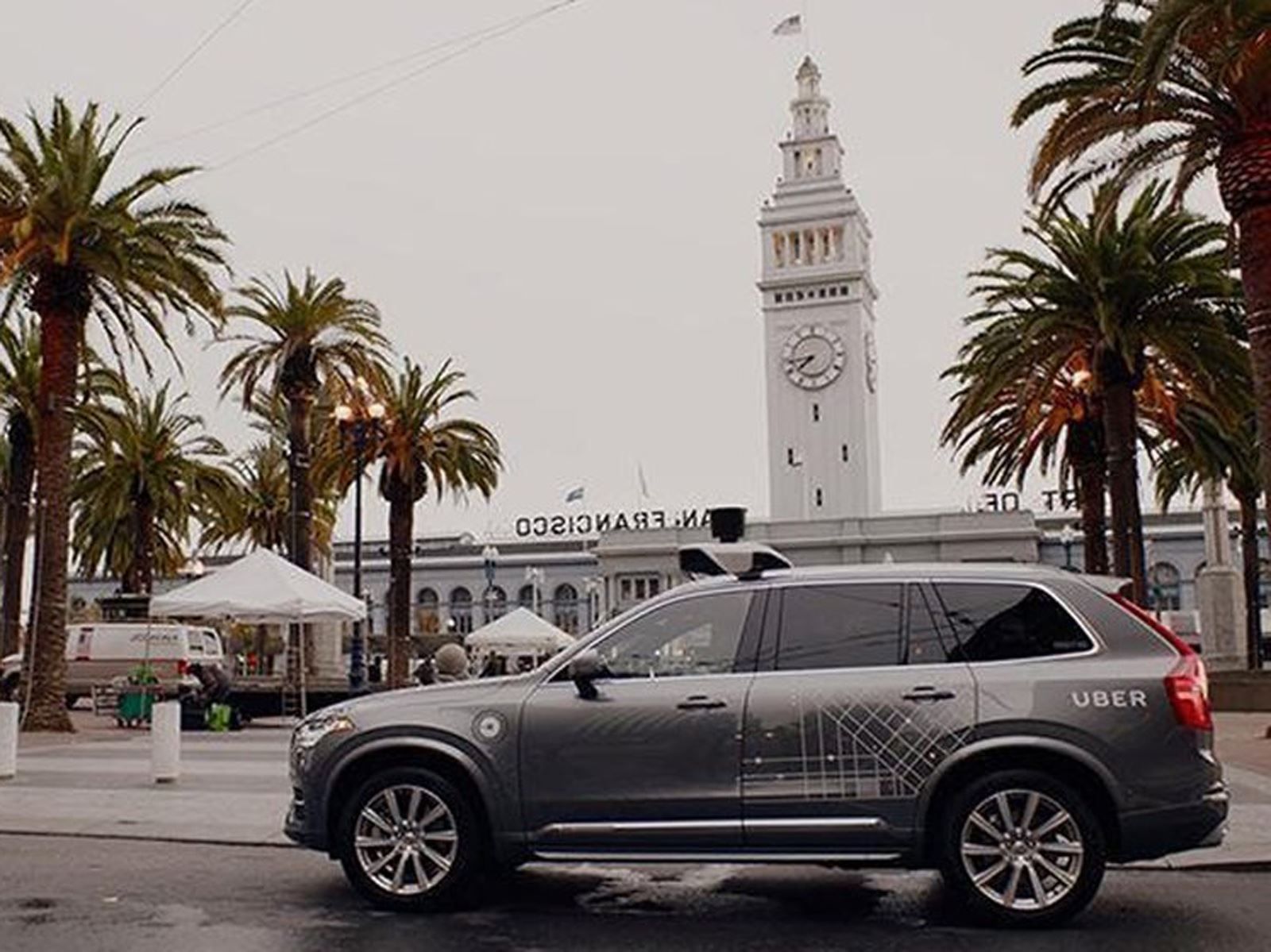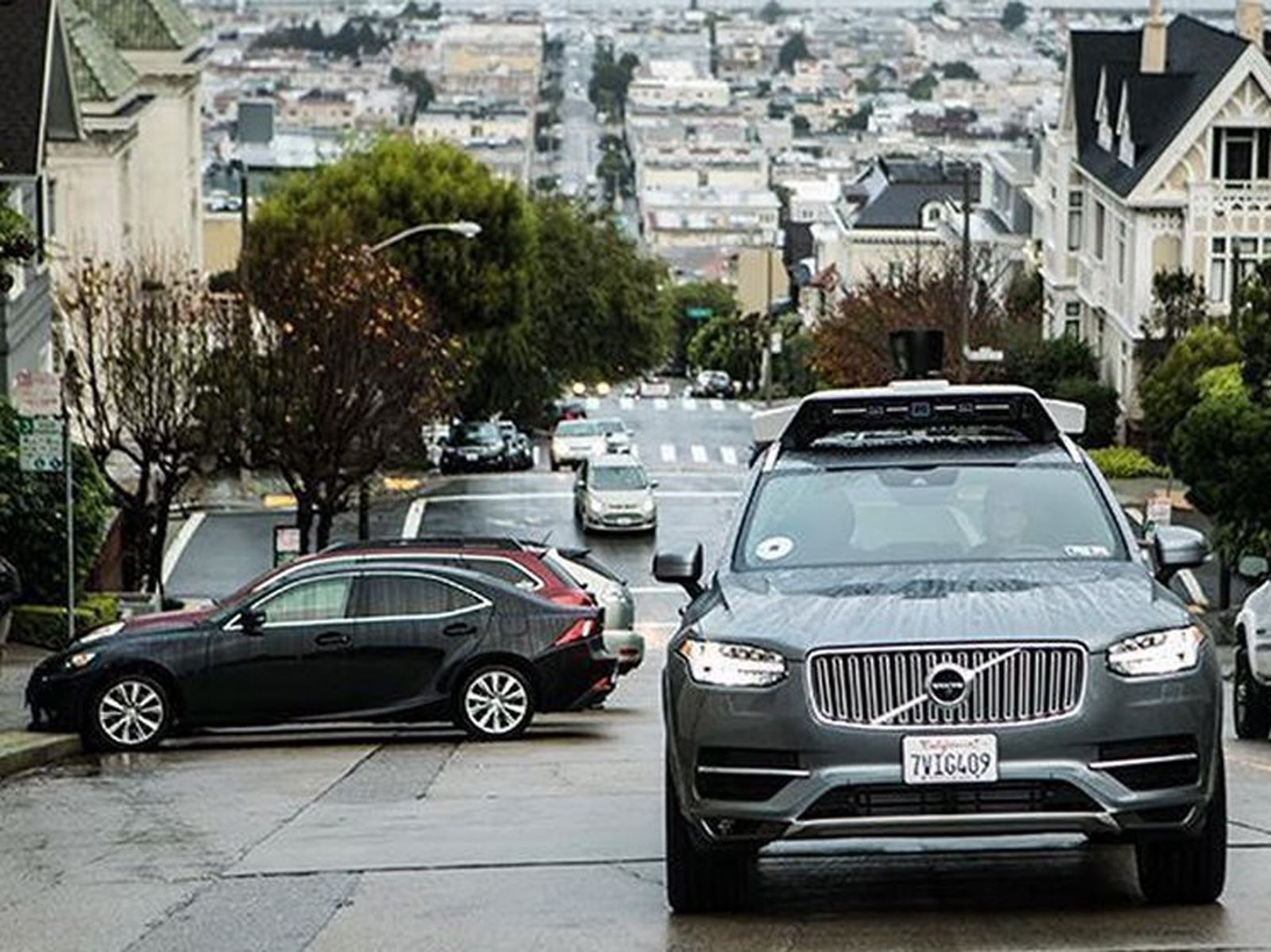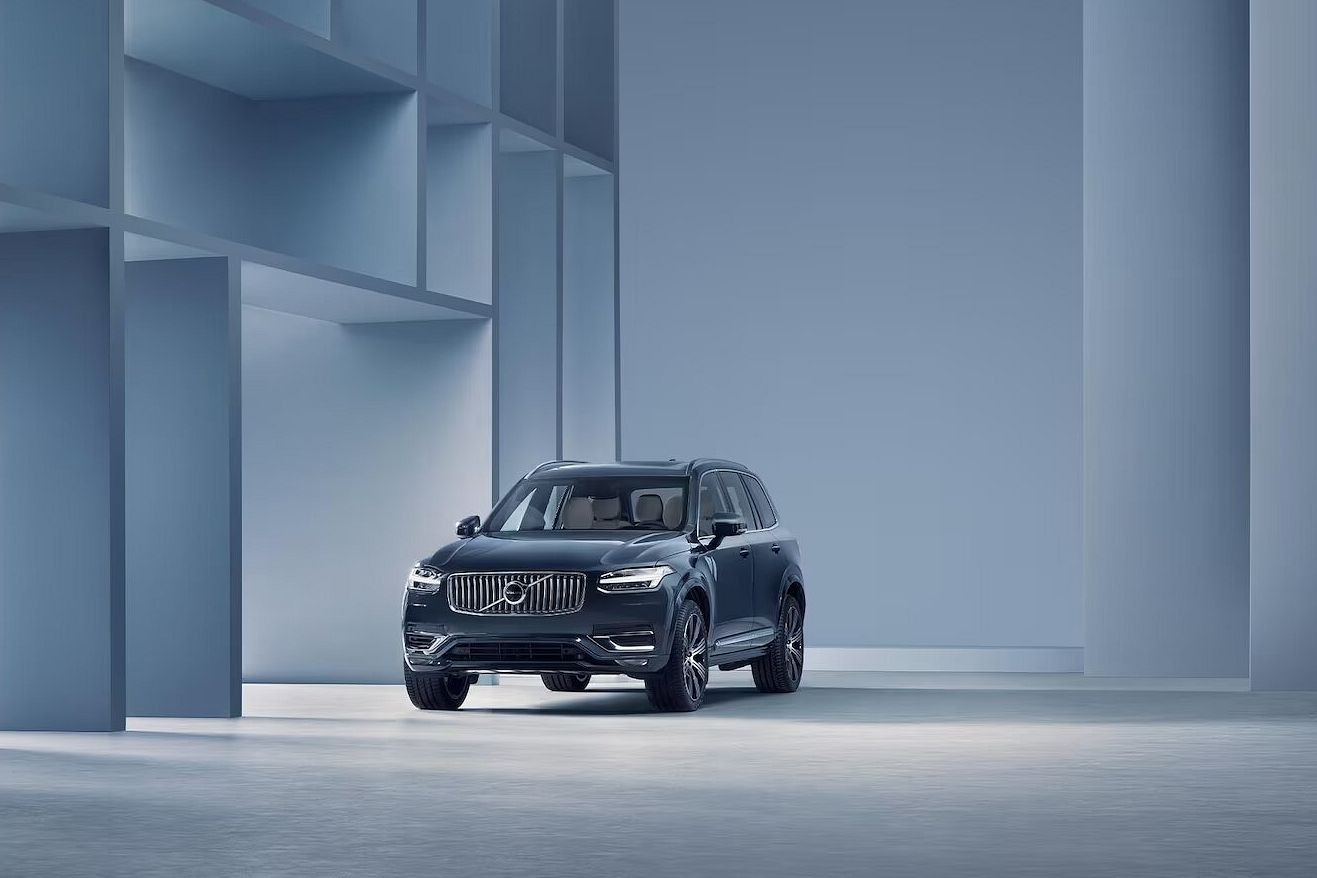
It's impossible to forget what happened on this past March 19. A Volvo XC90 being used by Uber, equipped with the ride service and technology company's latest self-driving hardware and software, struck and killed a pedestrian crossing a busy street in Tempe, Arizona. The fatal incident happened when the modified Volvo XC90 was traveling at around 40 mph in fully autonomous mode, although there was an operator sitting in the driver's seat. Forty-nine-year-old Elaine Herzberg was killed almost instantly when she was struck by the vehicle.
Why didn't the vehicle stop in time? According to The Information, via Automotive News, Uber is claiming a software problem was the likely cause. Supposedly, the vehicle's sensors did, in fact, detect Herzberg, but the software decided it was not necessary to take immediate action. The National Highway Transportation Board (NTSB) is still conducting its investigation, therefore Uber itself stated it "can't comment on the specifics of the incident." The NTSB will likely announce preliminary results of its findings in the very near future. Uber, which has already settled all claims with the victim's family, is currently undergoing some vital internal changes to ensure an incident like this does not happen again.
It has hired former NTSB chairman Christopher Hart "to advise us on our overall safety culture," according to Uber. "We have initiated a top-to-bottom safety review of our self-driving vehicles program." What's interesting about the selection of Hart is that it was during his tenure at the NTSB when it opened an investigation into an also fatal Tesla crash involving its Autopilot system. Hart has admitted that although self-driving are not perfect, they will eventually become the norm. His goal is to help their creators, such as Uber, make them as safe as possible. For the record, the Volvo XC90 itself functioned normally and the automaker was not blamed for what happened.

